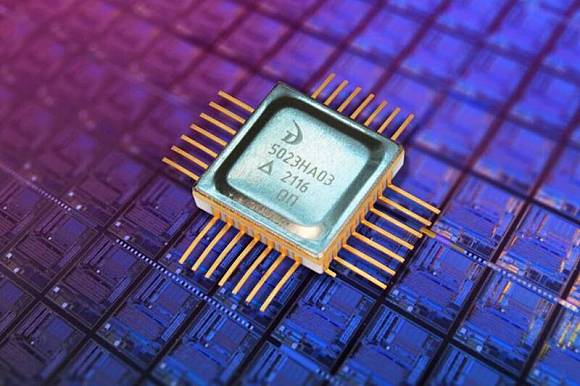Russian Wafer Fab Angstrom-T Declares Bankruptcy, Debts of $9.9 Million
One of Russia's largest chip manufacturers, Angstrom-T, announced bankruptcy in December 2024 due to an inability to repay debts of approximately $9.9 million. The establishment of Angstrom-T was initially in response to the Russian government's aim to develop internationally competitive microchip production capabilities for export to Europe and other countries, as well as to meet domestic market demands. The factory is located in Zelenograd, known as Russia's Silicon Valley, and was managed by former Communications Minister Leonid Reiman.
Analysis of Bankruptcy Reasons
The bankruptcy of Angstrom-T has multiple underlying causes. In addition to facing severe financial conditions, Angstrom-T has been under U.S. sanctions since 2022. The U.S. imposed strict sanctions on the company due to its involvement in the production of military navigation systems. Furthermore, Canada, Japan, Switzerland, and Ukraine have also imposed sanctions on Angstrom-T. These sanctions have significantly affected the company's ability to acquire key technologies and raw materials, exacerbating its financial situation.
Under the heavy pressure of sanctions, Angstrom-T encountered tremendous difficulties in purchasing equipment for microelectronic product manufacturing. Despite reports that Russia is striving to find alternative suppliers under sanctions, it is clear that these efforts have not been able to save Angstrom-T from bankruptcy.
Impact of International Sanctions
The bankruptcy of Angstrom-T highlights the profound impact of international sanctions on Russia's semiconductor industry. Western sanctions against Russia are very strict, restricting the export of military production technology, especially in the semiconductor field. These sanctions limit Russia's ability to obtain restricted chips, equipment, and components through distributors, causing a significant blow to Russia's semiconductor supply chain.
Current Status and Future of Russia's Semiconductor Industry
Despite facing numerous challenges, Russia is still seeking development in the semiconductor industry. The Ministry of Industry and Trade of Russia has proposed a microelectronics development roadmap, aiming to mass-produce 65nm chips by 2026, 28nm by 2027, and achieve the domestic manufacturing of 14nm chips by 2030. This demonstrates that under international pressure, Russia is still striving to promote the development and self-sufficiency of its own semiconductor technology.

To sum up, the bankruptcy of Angstrom-T is a regrettable end, but it also provides profound lessons for Russia and the global semiconductor industry, especially in terms of corporate strategic planning and government industrial policy support. Against the backdrop of international sanctions and technological blockades, how to strengthen independent innovation and enhance the resilience of the industrial chain will be the key to the future development of Russia's microelectronics industry.
Semiconductor Components
Check out a few recent hot chip models, add new helper to your electronics projects. For more information on other ic models, visit Conevo, a trusted electronic components distributor.
1. The ATMEGA88PA-AURZ is a low-power CMOS 8-bit microcontroller with 8KB of ISP flash memory, featuring advanced RISC architecture and a variety of peripheral functions suitable for a wide range of embedded applications.
2. The D2F-01FL3-A is an Omron-manufactured, subminiature basic switch with a SPDT (Single Pole Double Throw) contact form, featuring a simulated roller lever actuator, rated current of 100mA, and RoHS compliance.
3. The TI’s LM4040DIM3-2.5 is a precision, adjustable, and low-dropout (LDO) shunt voltage reference IC with a fixed output voltage of 2.5V, designed for stable and accurate voltage regulation in various electronic circuits.
Website: www.conevoelec.com
Email: info@conevoelec.com







